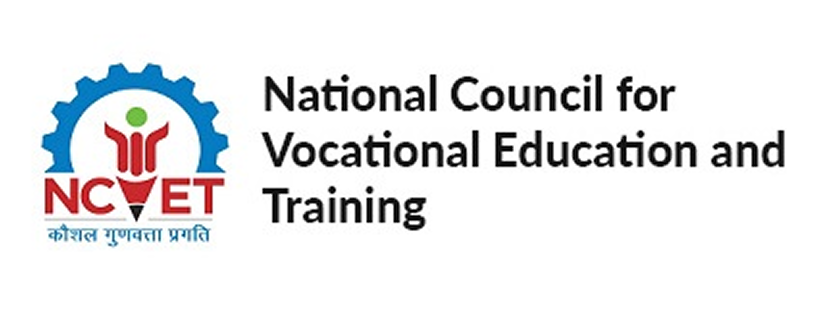- Theory
Sample Questions: Handicrafts and Carpet Sector, Theory
| Question 1 | |
|---|---|
| Which of the following is the first step in hazard control? | |
| Option 1 | Elimination |
| Option 2 | Substitution |
| Option 3 | Engineering control |
| Option 4 | Personal protective equipment |
| Right Option | 1 |
| Question 2 | |
|---|---|
| What is the most efficient way to reduce jamming of the shuttle in a jute handloom? | |
| Option 1 | Decrease the speed of weaving |
| Option 2 | Ensure the shuttle race and reed are clean and free of debris |
| Option 3 | Use a lighter shuttle |
| Option 4 | Increase the width of the fabric |
| Right Option | 2 |
| Question 3 | |
|---|---|
| Which property of jute fibres makes them suitable for handloom weaving? | |
| Option 1 | High elasticity and stretchability |
| Option 2 | Strength and ability to hold a tight weave |
| Option 3 | High water resistance |
| Option 4 | Light weight and softness |
| Right Option | 2 |
| Question 4 | |
|---|---|
| What should be done if the weft threads keep breaking during the weaving process? | |
| Option 1 | Increase the shuttle speed |
| Option 2 | Ignore the issue and continue weaving |
| Option 3 | Replace the warp beam |
| Option 4 | Reduce the tension in the warp threads |
| Right Option | 4 |
| Question 5 | |
|---|---|
| Which document is mandatory for smooth handover during shift change? | |
| Option 1 | Production order |
| Option 2 | Daily shift logbook |
| Option 3 | Quality assurance checklist |
| Option 4 | Machinery manual |
| Right Option | 2 |
| Question 6 | |
|---|---|
| During a shift handover, what information must be communicated regarding ongoing production? | |
| Option 1 | Market demand |
| Option 2 | Customer feedback |
| Option 3 | production status |
| Option 4 | Availability of staff |
| Right Option | 3 |
| Question 7 | |
|---|---|
| Which of the following mechanisms is essential for interlocking weft threads during weaving? | |
| Option 1 | Float defects |
| Option 2 | Reed marks |
| Option 3 | Loose picks |
| Option 4 | Bowing |
| Right Option | 3 |
| Question 8 | |
|---|---|
| What is the consequence of improper warp tension during weaving? | |
| Option 1 | Uneven fabric width |
| Option 2 | Broken weft threads |
| Option 3 | Distorted patterns |
| Option 4 | All of the above |
| Right Option | 4 |
| Question 9 | |
|---|---|
| Which of the following factors most affects the efficiency of loom shedding? | |
| Option 1 | Warp tension |
| Option 2 | Shuttle velocity |
| Option 3 | Yarn count |
| Option 4 | Shed angle |
| Right Option | 4 |
| Question 10 | |
|---|---|
| Which of the following is essential to ensure safety in the handloom workplace? | |
| Option 1 | Supervision |
| Option 2 | Training |
| Option 3 | Gloves |
| Option 4 | Knowledge |
| Right Option | 2 |











